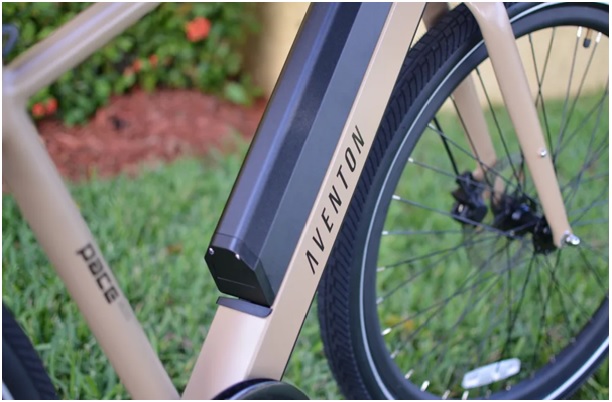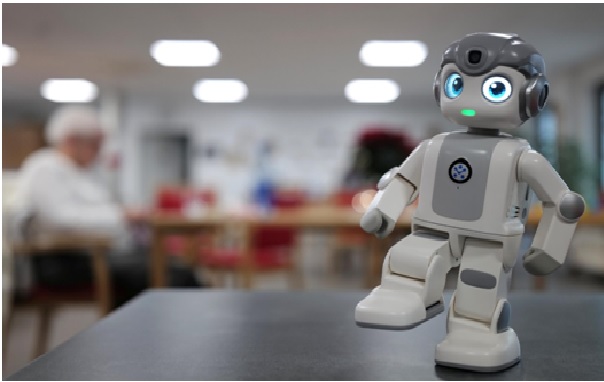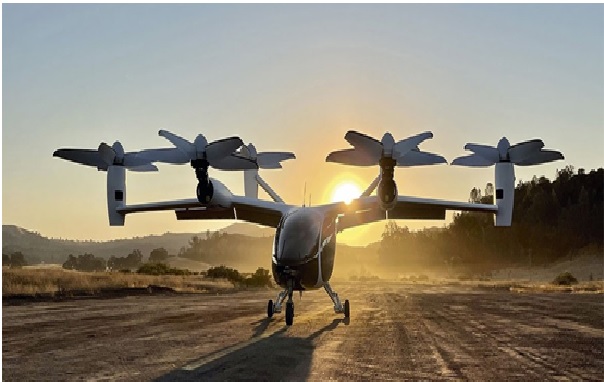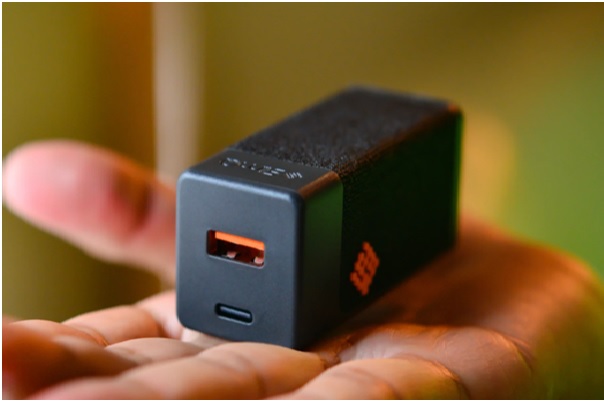Future of Biometrics Based Authentication
Biometric authentication refers to the security procedure that involves the use of unique biological characteristics of individuals such as retinas, irises, voices, facial characteristics, and fingerprints in order to verify people are who they claim to be. This process is used to control access to physical and digital resources, such as buildings, rooms, and different devices.
The word biometric is a combination of two words: bio (human) and metric (measurement). In simpler words, biometrics are any metrics related to human features which make an individual different from other individuals. [1]

Figure 1. Future of Biometrics Based Authentication
Figure 1 shows a unimodal biometric authentication system verifies only one distinct characteristic, e.g. a face or a retina. But as we just saw, such a system is susceptible to spoofing.
This is where multimodal biometric authentication can help. It’s an approach in which various biometrics are checked during identity verification. This makes it much harder for a malicious actor to spoof.
For example, a hacker may be able to find a person’s photo on the internet, which they use to successfully trick a facial recognition system. [3] But if the system requires them to provide additional info, e.g. a video of the person saying their password, they are highly unlikely to find it.
Additionally, combining physical and behavioral biometrics can also enhance your security posture. Even if a malicious actor manages to spoof a fingerprint, the system can detect change in behavior and deny entry. E.g., their speed of interaction with the system may be slower than the real user, or they are using keyboard shortcuts that the real user never used.
Biometric Authentication Is the Future
A survey conducted by Visa found that 86% of consumers actually wanted to use biometrics rather than traditional passwords to verify their identity. And although authentication using biometric characteristics is far more secure than relying on passwords alone, it’s also far from impenetrable. So companies have to stay ahead of the curve to ensure security.
If you’re overwhelmed by introducing biometrics for your own authentication processes, working with a trusted platform can help. Outsourcing a portion — or all — of your identity management can give you peace of mind, knowing you have an expert team dedicated to authentication 24/7. [2]
References:
- https://heimdalsecurity.com/blog/biometric-authentication/
- https://auth0.com/blog/3-critical-trends-in-biometric-authentication-in-2019/
- https://www.onelogin.com/learn/biometric-authentication
Cite this article:
Thanusri swetha J (2022), Future of Biometrics Based Authentication, AnaTechMaz, pp. 113















